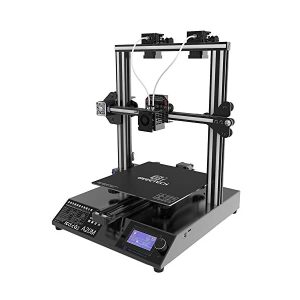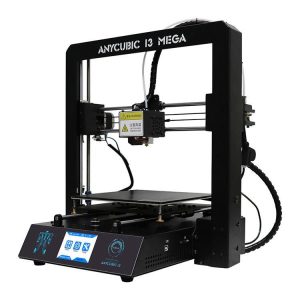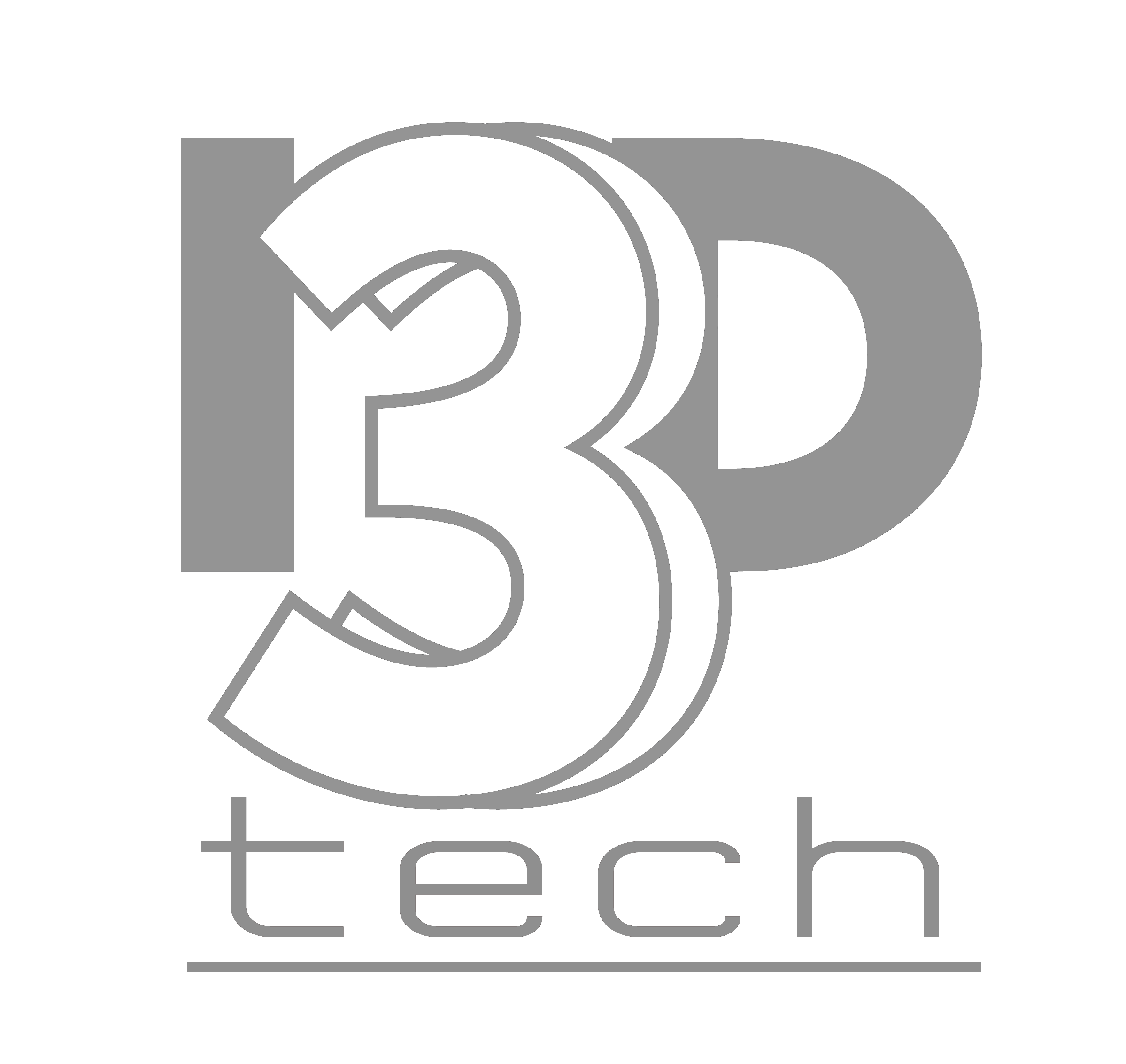



 Click here to upload or drag and drop your model to the canvas.
Click here to upload or drag and drop your model to the canvas.
The model is too large and has been resized to fit in the printer's build tray. [Hide]
The model is too large to fit in the printer's build tray. [Hide]
The model is too large, a fitting printer is selected. [Hide]
The model is too small and has been upscaled. [Hide]
Warning: The selected printer can not print in full color [Hide]
Warning: obj models with multiple meshes are not yet supported [Hide]
Warning: Unsupported DXF entity [Hide]
Warning: could not arrange models [Hide]
File Unit:
Scale:
%
L × W × H:
 X:
×
Y:
×
Z:
cm
X:
×
Y:
×
Z:
cm
Rotation:
X:
°
Y:
°
Z:
°
Dark is higher
Bright is higher
Height (mm)
Bright is higher
Height (mm)



Model Stats:
| Material Volume: |
 cm3
cm3 |
| Support Material Volume: |
 cm3
cm3 |
| Box Volume: | cm3 |
| Surface Area: | cm2 |
| Model Weight: |
 g
g |
| Model Dimensions: |

x x
cm
|
| Number of Polygons: | |
| Number of Shapes: | |
| Total Path: |
 cm
cm |
| Print Time (hh:mm:ss): |

|
Instant Quote
+2 equal pieces 10% discount.
+5 equal pieces 20% discount
VAT EXCLUDED (TO BE ADDED AT CHECKOUT)
Unit Price:



